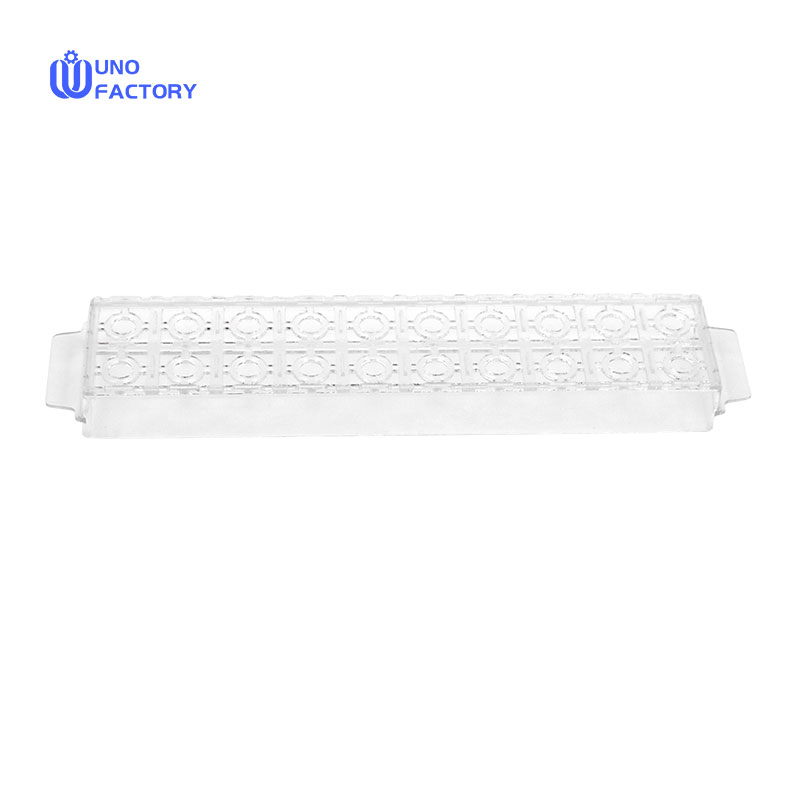Time to read: 6 min

Abstract
Plastic fabrication is an integral process in the manufacturing industry, offering versatility and a wide range of applications. This guide delves into the various methods of shaping plastics into functional parts, highlighting the factors to consider when selecting the most suitable process for specific applications. We will explore the advantages and disadvantages of each technique and provide insights into choosing the right plastic fabrication method for your project.
Body
Understanding Plastic Fabrication
Plastic fabrication encompasses the processes of converting raw plastic materials into finished components with specific geometries. These techniques can shape both thermosetting and thermoplastic materials and are essential in various industries, from consumer electronics to aerospace.
Common Plastic Fabrication Processes and Methods
Injection Molding
A prevalent method for mass-producing parts with complex geometries by injecting molten plastic into a mold.
Vacuum Casting
A cost-effective alternative to injection molding, ideal for producing small series of prototypes or functional parts.
Blow Molding
Used to create hollow and tubular plastic parts by inflating a plastic tube (parison) into a mold cavity.
Plastic Extrusion
Produces continuous cross-sectional profiles by forcing molten plastic through a die, suitable for large-scale production.
Plastic Pultrusion
Combines pulling and extrusion to create continuous composite profiles with high strength and low weight.
Plastic Welding
Joins plastic parts molecularly by melting and solidifying the material at the welding point, using various welding methods.
Rotational Molding
A simple process that involves rotating a mold with polymer powder, which melts and coats the mold's interior surface uniformly.
Plastic CNC Machining
Utilizes subtractive manufacturing to create precise plastic components, maintaining tight tolerances and surface quality.
3D Printing
Builds components layer by layer according to a CAD design, suitable for prototyping and low-volume production.
Types of Plastics Used in Fabrication
An overview of common plastics such as PE, PP, PVC, ABS, and their applications in various industries.
Applications of Plastic Fabrication
Explores the widespread use of plastic fabrication in industries like aerospace, automotive, electronics, medical, construction, and consumer goods.
Advantages and Disadvantages of Plastic Fabrication
Discusses the benefits of plastic fabrication, such as cost-effectiveness, lightweight, and durability, against drawbacks like environmental impact and thermal restrictions.
Choosing the Right Plastic Fabrication Technique
Provides a decision-making framework considering factors like material type, part shape, precision, quality, design flexibility, cost efficiency, and lead time.
Conclusion
Plastic fabrication offers a diverse set of techniques, each with its capabilities and ideal applications. Selecting the appropriate method depends on project specifications, material properties, and production requirements. With the right fabrication process and a reliable partner, you can achieve high-quality plastic components for a wide range of applications.




